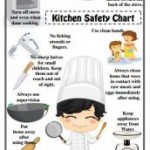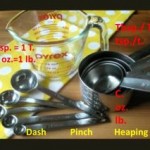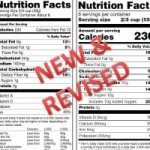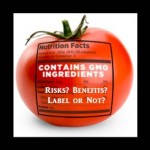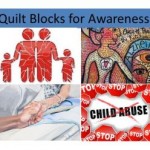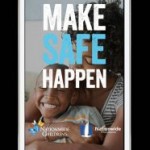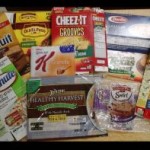
Once upon a time in my school we had what were called “Activity Periods” that altered the normal school schedule for one day a week, allowing students to join clubs that met during that period. Another teacher and I ran what we called “The Give Back Club” which was basically a club where we did community service projects that “gave back” to the community. Those activity periods gave way to more class time due to state testing long ago, but I still like to involve my students in community service projects throughout the year, depending on the topics, lessons and units we are covering. Below are a variety of easy, inexpensive projects that students can create to help give back to their communities. If you have any other suggestions, please let me know in the comment section below.

